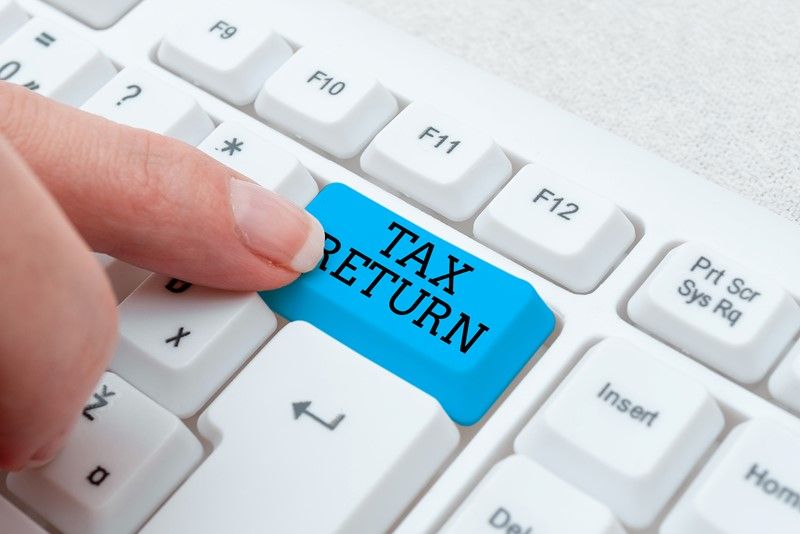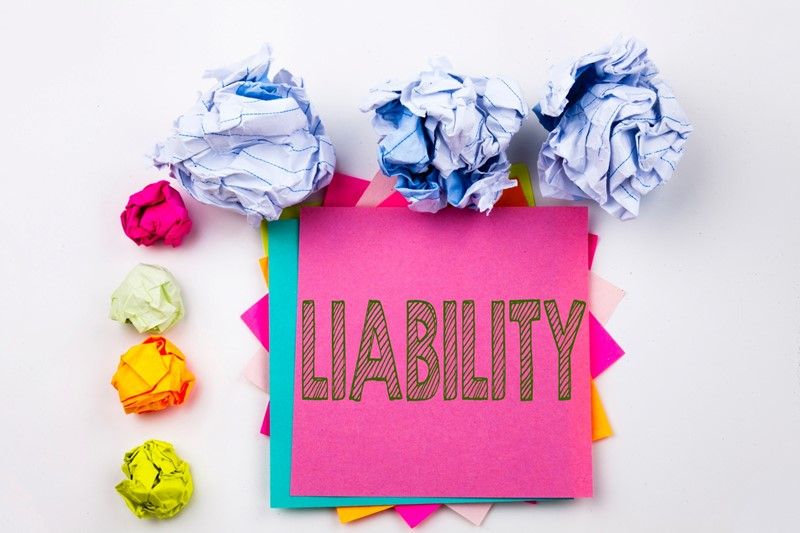Setting up a payroll scheme
Registering for payroll is essential when hiring staff. From HMRC registration to legal compliance, getting payroll processes right ensures your team is paid correctly and your business avoids penalties.
When starting a business and hiring employees for the first time, one of the most important administrative steps is setting up a payroll scheme. This process ensures your employees are paid correctly and that your business complies with the necessary tax and employment laws.
The first step is to register as an employer with HMRC. You must register even if you are only employing yourself, for example you are the director of a limited company. This registration must be completed before your first payday. You need to register in most scenarios including for any employee earning at or over the minimum secondary threshold of £96 a week (2025–26 threshold).
Another important part of the payroll process is deciding whether you will run payroll yourself or use a payroll provider. If you manage it yourself, you must choose an approved HMRC-recognised payroll software to record employee details, calculate pay and deductions and report to HMRC.
Once registered, you’ll need to:
- Collect and maintain employee records.
- Report employee information to HMRC.
- Make accurate tax and National Insurance deductions.
- Submit reports to HMRC using Real Time Information (RTI) on or before each payday.
- Pay HMRC what you owe in tax and National Insurance.
You must also:
- Comply with National Minimum Wage laws.
- Check employees’ legal right to work in the UK.
- Set up a workplace pension scheme for eligible staff.
You will also need to complete annual payroll tasks. Setting up a payroll scheme can be complex, and we would of course be happy to help you choose the optimal set-up for your circumstances. We can also, if required, manage the payroll process for you.




